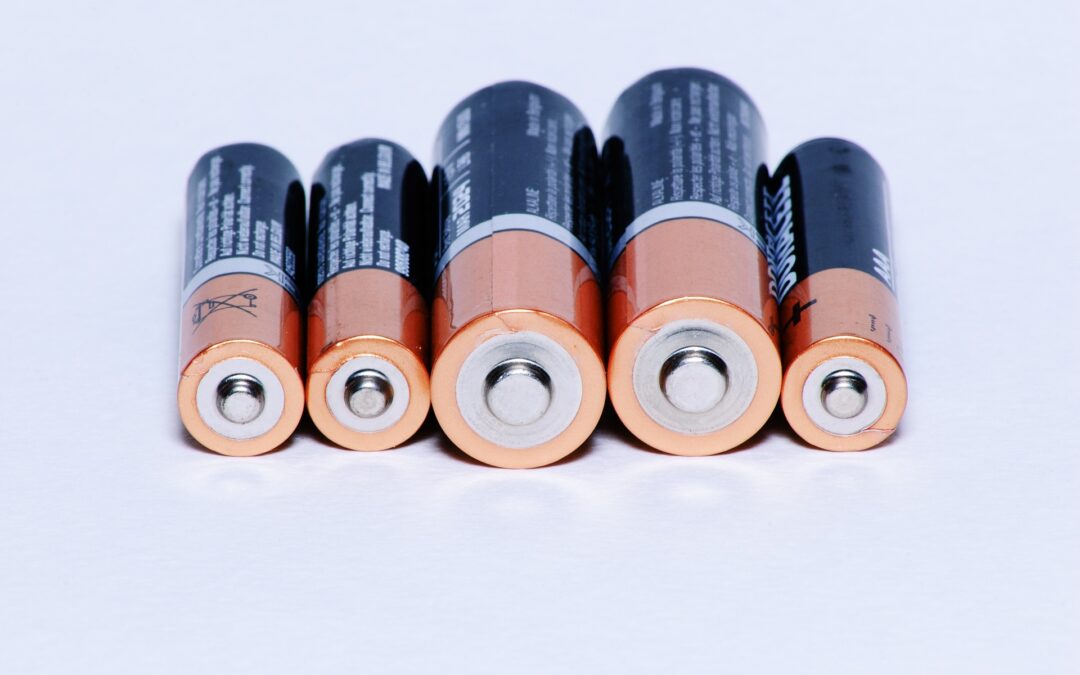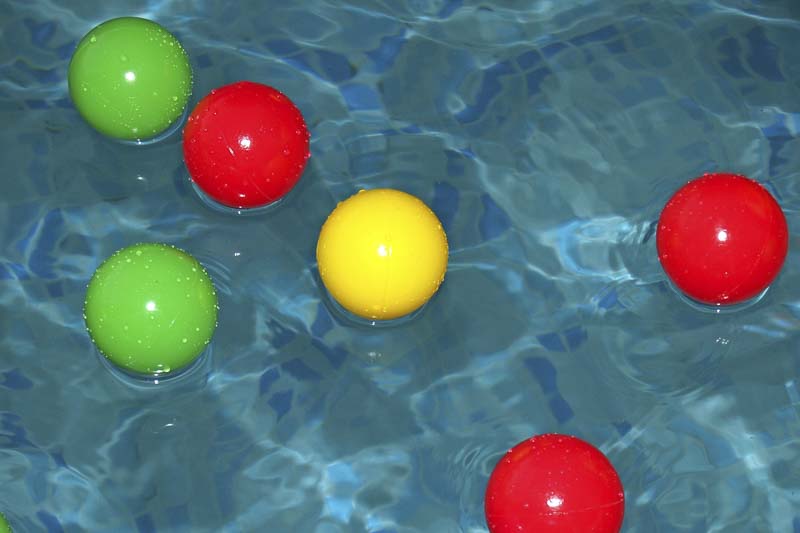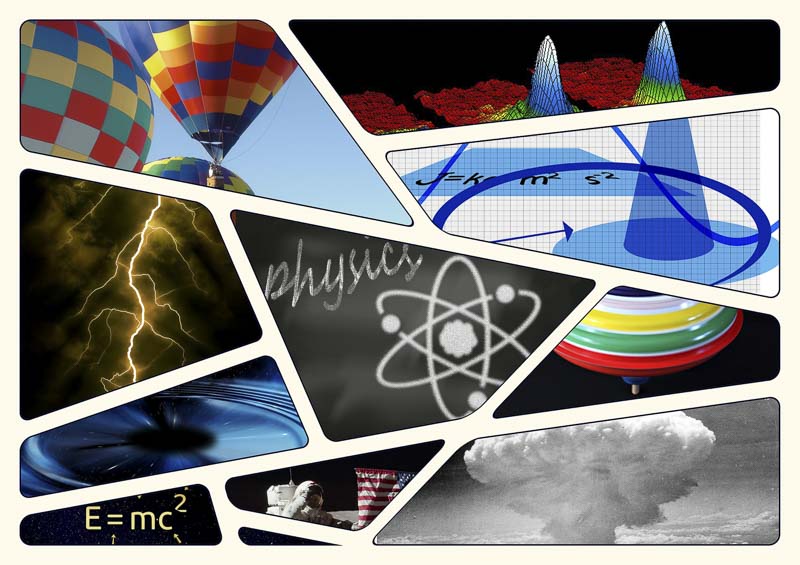Magnet Science in Action
Magnets are solid objects of stone, metal, or other material, which have the property of attracting iron-containing materials. This attracting property is either natural, as in the case of lodestone, or induced (formed by unnatural means). You can demonstrate the science of magnets at home, by producing and testing the strength of a magnetic field.
Magnet Science Projects
Project 1: What’s the Attraction?
All magnets have the ability to attract other magnets or magnetic objects (such as iron and some other metal objects). But a magnet doesn’t necessarily have to touch a magnetic object for the object to be attracted to it. Try this experiment to learn why.
What You Need:
- Plastic or wooden ruler
- Paperclip
- Two or more different magnets
- Notebook
- Pencil
What You Do:
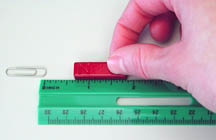
1. Line the paperclip up along the end of the ruler so that one side of the paperclip is at the ruler’s zero mark.
2. Place one magnet at the other end of the ruler. Now, hold the ruler in place with one hand and slowly slide the magnet toward the paperclip with your other hand. When the paperclip attaches to the magnet, stop moving the magnet.
3. Look at where the magnet was at along the ruler to see how far apart the magnet and paperclip were when they came together. (You might need to try it a few times before you are sure!) Write down the distance in your notebook. Draw a picture of the magnet that you used so you will remember which one it was.
4. Do steps 1-4 again with each of the magnets that you have.
What Happened:
All magnets have a magnetic field – an area around a magnet where its magnetism affects other objects. By measuring how far the magnet was from the paperclip when they become attached, you were finding the length of the magnetic field. Stronger magnets can generally attract magnetic materials from a farther distance than weaker magnets can. Based on that fact and the results you wrote in your notebook, which of your magnets was the strongest? Which one was weakest?
Project 2: Which Magnet Is the Strongest?
A good way to test how strong different magnets are is to see how many magnetic objects it can attract. Try this experiment with your magnets!
What You Need:
- Several magnets
- Box of paperclips
- Notebook
- Pencil
- Someone to help you
What You Do:
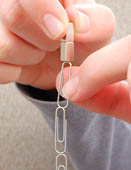
1. Have your helper hold on to one end of one of the magnets. Stick one paperclip to the other end of the magnet. One end of the paperclip should dangle off the magnet. (Your magnet may be really strong, so you may need your helper to hold the paperclip so just an end is touching the magnet rather than the side of the paperclip, like in the picture.)
2. Now touch another paperclip to the end of the first paperclip to start a paperclip chain. Keep adding paperclips until no more stick to the chain. In your notebook, write down how many paperclips the magnet was able to hold together in a chain before paperclips started to fall off.
3. Do steps 1 & 2 with the other magnets, recording in your notebook how many paperclips would stick in a chain to each magnet.
What Happened:
When a magnet touches another magnetic object (such as a paperclip), the object becomes a temporary magnet for as long as it is touching the real magnet! It can now be used to pick up more paperclips.
Each additional paperclip also becomes a temporary magnet with a weaker magnetic force than the one before it. Some magnets may be able to hold a chain of five paperclips while another magnet may only be able to hold one or two paperclips.
How many paperclips a magnet can hold is a good indication of its strength. If you have a strong enough magnet and lift up the paperclips long enough, you may find that some of the paperclips will keep the ability to act like magnets for a little while even when they are not touching the magnet.
If this happens, you have just made a very strong temporary magnet.
Science Words
These words about magnets are used in the science projects. If you are not sure what they mean, just read the definitions below!
Magnetic object – any object that can be attracted to a magnet. Paperclips, iron filings, keys, and bobby pins are all examples of magnetic objects.
Magnetic field – an invisible area around a magnet where its magnetic force affects other objects. The magnetic field is what actually pulls other magnetic objects towards a magnet.
Temporary magnet – a magnetic object that can become a magnet when it is touching a permanent magnet but loses its magnetic properties when it is no longer touching the permanent magnet.
Magnet Science Lesson
Magnets in household items
A magnet is a solid object, usually a rock or piece of metal, that has the ability to attract certain materials.
To help discover what is and what is not attracted to magnets, go on a magnet hunt.
Look around the room and help your child make a list of objects he or she thinks will be attracted to the magnet as well as a list of objects that will not be attracted. After making your lists, test each of the objects.
(Don’t use magnets on computers, cassette tapes, discs, and other electronic devices – it could damage the magnets inside of them!)
Compare your results with what you predicted would be attracted. Were you correct on all your predictions? Were you wrong on any?
Discuss why items did or did not stick when you originally thought the opposite would be true.
For instance, the object is made out of plastic but coated with shiny paint to make it look metallic; not all metals are attracted to magnets; or maybe just parts of an object were attracted to the magnet. What does this tell us about magnetic attraction?
(That an object must be made out of metal to be attracted, but not all metals are attracted.)
Metals such as iron, nickel, and cobalt are attracted to magnets. Steel has iron in it, so it is also attracted to magnets.
Alternatively, you can use this coloring page as part of a magnet hunt. Go around the house and find things that are magnetic. Circle the items on the coloring sheet that are attracted to the magnet and draw in any other items you found that are also magnetic.
As mentioned before, many common household items have magnets in them and are part of what makes these items work. Electronic devices such as refrigerators, washing machines, lamps, telephones, TVs, and stereos all have magnets in them.
Attraction and Repulsion
All magnets have two ends where the pull is strongest – a north pole and a south pole. The poles are named this way because if a magnet is floating in water or is suspended by a string tied around its middle, it will align itself in a north-south direction, consistent with the magnetic field of the Earth.
To best show how the poles of magnets react with each other, get two bar magnets with the north poles and south poles labeled. Holding firmly onto the magnets, have your child try to push their hands and the ends of the magnets together so that the north poles of both magnets meet. What happens? Now flip one of the magnets around and try pushing the ends together so that a north pole of one magnet meets with the south pole of the other magnet. What happened this time? Finally, flip the other magnet so that the south poles are facing each other and try to push them together. What happened?
Children should find that when a north pole was facing a south pole, they felt a force pulling the magnets together. But when the north poles were facing each other or the south poles were facing each other, they should have felt a force pushing them apart. Help children understand that opposite poles attract (pull together) while similar poles repel (push apart).
Magnetic Field
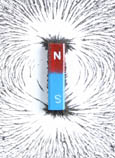
The invisible area around a magnet which attracts another object is called a magnetic field.
Magnetic objects (such as paperclips) will get pulled towards the magnet if they are placed in this field. You can see the magnetic field of a magnet using iron metal filings in a Ziploc bag or iron filings in a sealed case.
(We highly recommend putting loose filings in a sealed bag to avoid a mess.)
Lay a bar magnet on a table. Gently shake the bag or case to evenly distribute the iron filings and lay it on top of the magnet.
(You may also want to try placing the magnet on top of the Ziploc bag.)
Observe the pattern of the iron filings. The magnetic field is strongest at the poles. You can see this because the iron filings cluster at these points.
Now place two bar magnets on the table with similar poles facing each other.
Place them as close together as possible without them moving away from each other.
Place the iron filings on top of the magnets. Observe the pattern of the iron filings.
Now flip one magnet around so that opposite poles are facing each other and get them as close as possible without them moving together.
Place the iron filings on top and again observe the pattern made.
In each of these experiments, the iron filings allow us to visibly see how the magnetic field is shaped and how multiple magnetic fields can interact with each other.
Extend this by trying different magnet shapes (ring magnet, horseshoe magnet, etc.) to see what their magnetic fields look like. Also try it with multiple magnets close together to see how their magnetic fields interact with each other.
Adult supervision should always be provided when children are playing with magnets.

